Hi there, pet lovers! 🐟
If you’re searching for a friendly, active, and easy-to-care-for freshwater fish to brighten up your aquarium, look no further than the Corydoras catfish. These small, sociable bottom-dwellers are among the most popular freshwater fish in the hobby — and for good reason. Known for their gentle personalities, fascinating behaviors, and practical benefits (like keeping your tank clean), Corydoras are the perfect addition for both beginners and experienced aquarists.
In this detailed review, we’ll explore everything you need to know about Corydoras catfish — from their personality and tank setup to their diet, health, and costs. Whether you’re building your first community tank or looking to expand your aquatic family, this guide will help you decide if these adorable armored fish are the right fit for you.
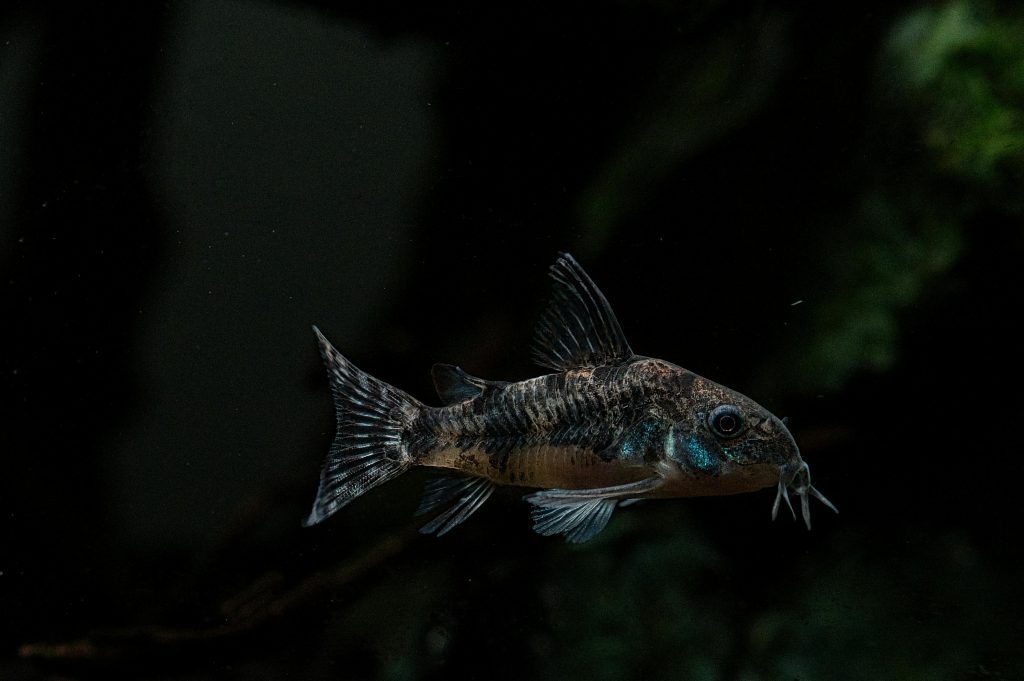
Overview
Corydoras catfish (genus Corydoras) are small, bottom-dwelling freshwater fish native to South America, particularly in slow-moving rivers and streams of the Amazon Basin. With over 170 recognized species, they come in a variety of colors and patterns — but all share the same signature features: a rounded body, whisker-like barbels for sensing food, and rows of protective bony plates along their sides.
Here’s a quick overview of what makes Corydoras catfish such beloved aquarium pets:
- Handling and Temperament: Exceptionally peaceful, social, and friendly with most tankmates.
- Care and Maintenance: Easy to care for; thrive in groups and clean, well-oxygenated water.
- Health and Durability: Hardy species, but sensitive to poor water quality.
- Availability: Extremely common in pet stores and from breeders.
- Cost: Very affordable and budget-friendly.
- Overall: An ideal freshwater fish for beginners and community tanks alike.
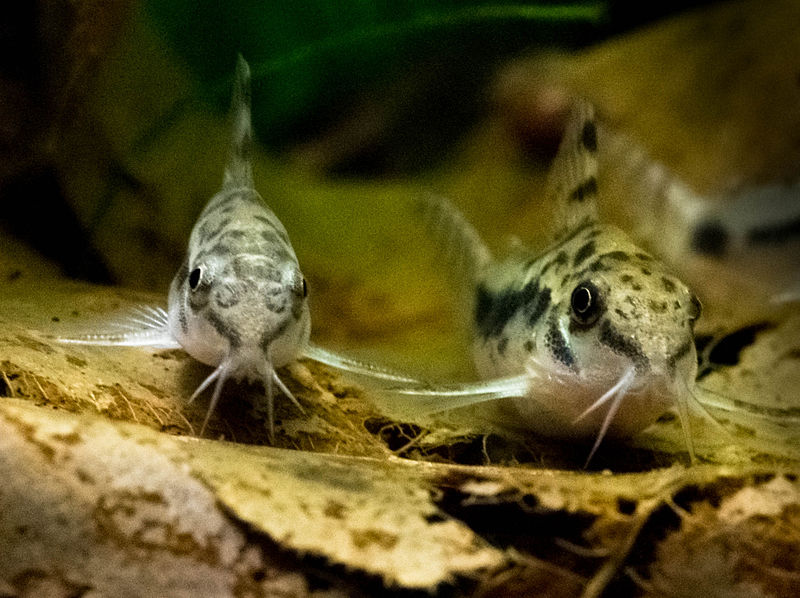
Why Choose a Corydoras Catfish?
Corydoras are the perfect community fish — peaceful, active, and full of personality. They spend most of their time exploring the substrate, sifting through sand for leftover food, and interacting with other Corys in their group. Their friendly nature and constant activity make them a joy to watch, while their habit of cleaning up leftover food helps maintain tank hygiene.
Because they prefer to live in groups, Corydoras bring life and motion to the bottom of the aquarium, complementing mid- and top-dwelling fish perfectly. They are also known for their funny “dash to the surface” behavior — a quick gulp of air they take to aid respiration.
Their adaptability, wide availability, and low cost make them one of the best beginner fish choices for anyone starting out in the aquarium hobby.
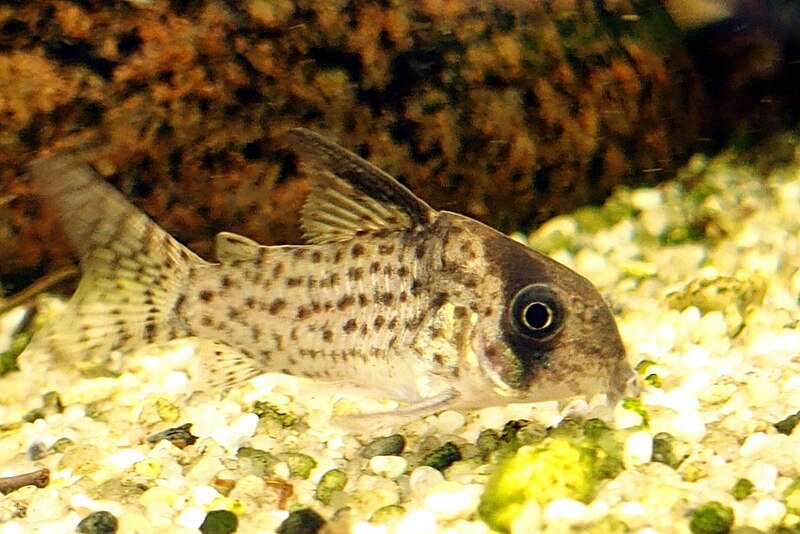
Handling and Temperament
Corydoras are among the gentlest and most social freshwater fish species. They’re best kept in groups of at least six or more, as they are schooling fish by nature. When kept alone, they can become shy, stressed, and less active.
Behavior and Personality
- They are peaceful and get along with nearly all community fish, including tetras, guppies, rasboras, and dwarf gouramis.
- They love to forage in groups, using their sensitive barbels to search for food particles buried in the substrate.
- At times, they may “play dead” when resting — a natural behavior that can startle new owners!
- They occasionally swim up to the surface for a gulp of air, which is completely normal.
Compatibility
Avoid keeping Corydoras with aggressive or fin-nipping species like cichlids or tiger barbs. They thrive in calm tanks with other non-aggressive fish.
Handling Tips
Corydoras have delicate fins and small barbs near their pectoral fins that can get caught in nets. When moving them, always use a soft mesh net or plastic container. Avoid handling them directly, as this can damage their protective slime coat.
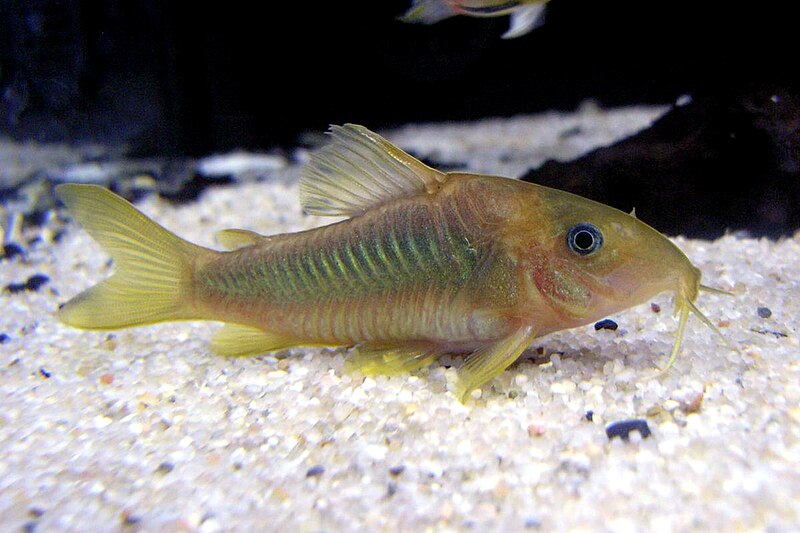
Care and Maintenance
Corydoras are relatively low-maintenance, but they do have specific needs to ensure they stay healthy and active. Proper water quality, tank setup, and diet are key to their well-being.
Tank Setup
Tank Size
A minimum of 20 gallons is recommended for a small group (6 Corys). Larger species such as Corydoras aeneus (Bronze Cory) or Corydoras paleatus (Peppered Cory) benefit from more space.
Substrate
Use fine sand or smooth gravel, as their sensitive barbels can be damaged by rough or sharp substrates. Sand allows them to exhibit their natural digging behavior safely.
Decor and Environment
- Add driftwood, live plants, and caves to provide shaded resting areas.
- Ensure there are plenty of open spaces at the bottom for foraging.
- Keep lighting moderate — too bright and they may hide more often.
Water Conditions
- Temperature: 72°F–78°F (22°C–26°C)
- pH Level: 6.0–7.8
- Hardness: Soft to moderately hard water (2–15 dGH)
- Filtration: Use a gentle filter; strong currents can stress them.
Regular partial water changes (25–30% weekly) are essential, as Corydoras are sensitive to poor water quality, especially high nitrate levels.
Feeding
Corydoras catfish are omnivores with a preference for meaty foods. In the wild, they feed on worms, insect larvae, and small crustaceans.
Diet in Captivity
- High-quality sinking pellets or wafers should form the staple diet.
- Supplement with frozen or live foods like bloodworms, daphnia, or brine shrimp 2–3 times per week.
- Occasionally offer blanched vegetables (zucchini, spinach) for variety.
Feeding Tips
- Feed once or twice daily, giving only what they can finish in 2–3 minutes.
- Since they feed at the bottom, make sure food actually reaches them before being eaten by top dwellers.
- Avoid overfeeding — leftover food can quickly foul the tank.
A balanced diet not only enhances their coloration but also encourages natural breeding behavior.
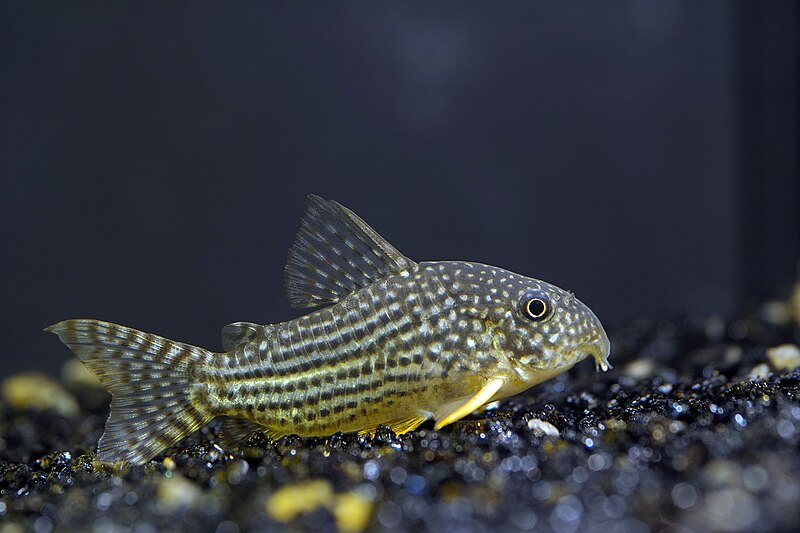
Health and Durability
Corydoras are hardy and long-lived when cared for properly, often living 5–10 years, with some individuals reaching 12 years in ideal conditions.
However, they are vulnerable to poor water conditions and dirty substrates. Their sensitive barbels are especially prone to infection if the substrate is rough or if waste accumulates.
Common Health Issues
- Barbel Erosion: Caused by sharp gravel or unclean substrate.
- Fin Rot: Often a sign of stress or poor water quality.
- Ich (White Spot Disease): Common in aquariums; treat promptly if white dots appear.
Preventive Care
- Keep substrate clean with regular gravel vacuuming.
- Maintain stable water parameters.
- Quarantine new fish before adding them to your main tank.
Corydoras also have a unique defense mechanism — when stressed, they may release mild toxins into the water. This is rare but can happen in overcrowded or small containers during transport, so always provide good water circulation.
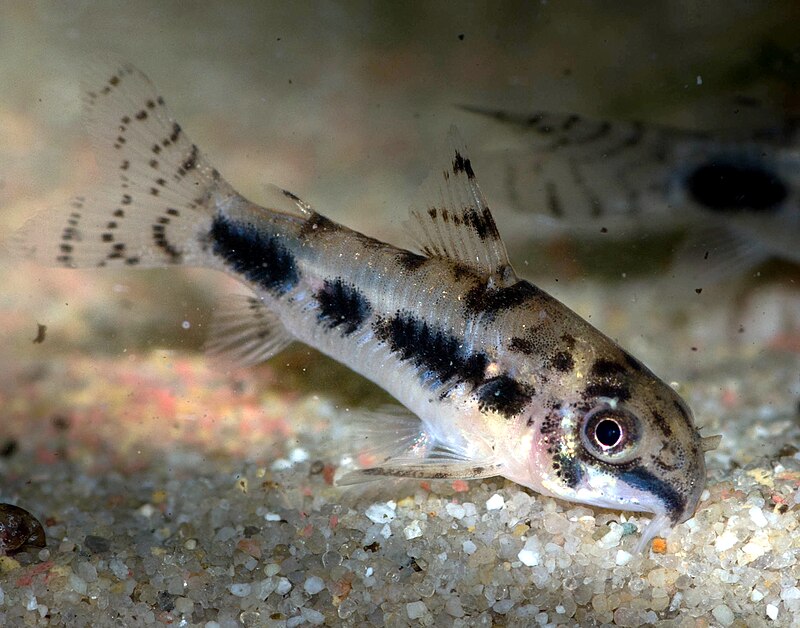
Availability and Cost
Corydoras catfish are among the most widely available and affordable freshwater fish on the market.
Where to Buy
- Local Fish Stores: Most carry popular species like Bronze, Peppered, Panda, and Julii Corys.
- Breeders: Offer healthy, captive-bred individuals and rare species.
- Online Retailers: Provide a wide selection, but always verify quality and shipping practices.
Cost
- Common species: $3–$6 each
- Rarer varieties (like Corydoras sterbai or Corydoras adolfoi): $10–$20 each
- Group purchase of 6–10 Corys is ideal for natural behavior and tank harmony.
Their low cost and small size make them accessible to nearly every aquarist, whether setting up a 20-gallon community tank or a larger planted display.
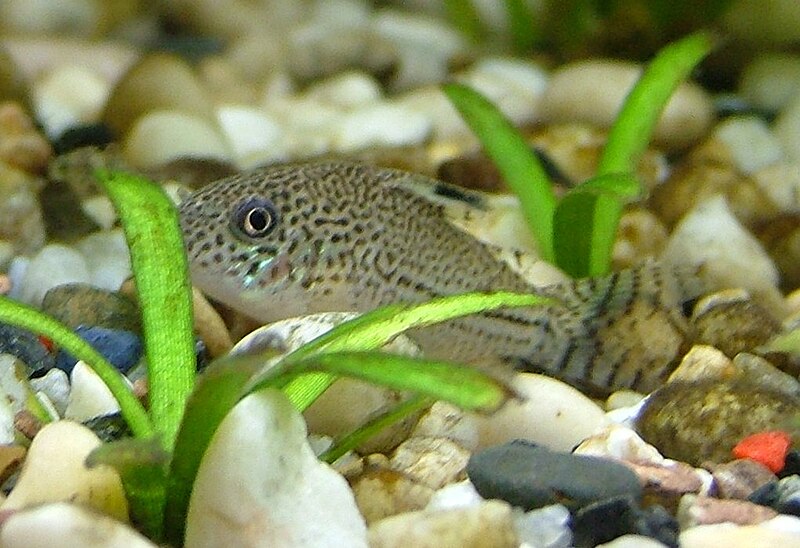
Pros and Cons
Pros
✅ Extremely peaceful and social
✅ Hardy and beginner-friendly
✅ Help clean up leftover food
✅ Wide variety of species and patterns
✅ Affordable and easy to find
Cons
❌ Sensitive to poor water conditions
❌ Require groups (not ideal for single-specimen tanks)
❌ Prone to barbel injuries from rough substrates
❌ Produce mild toxins when severely stressed (rare)
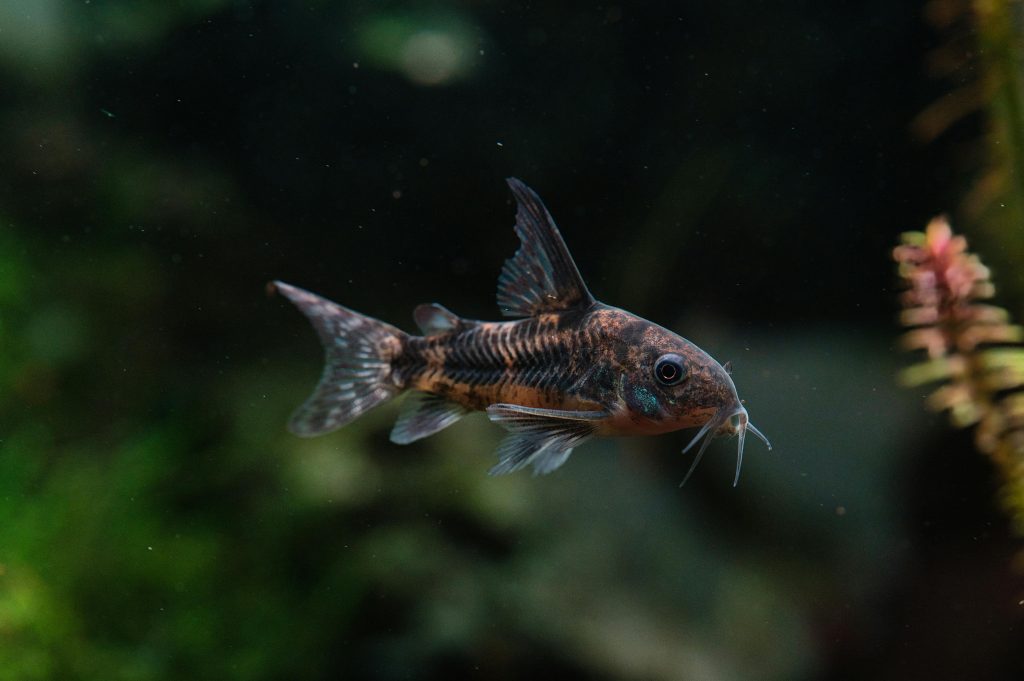
Final Thoughts
Corydoras catfish are one of the best freshwater fish you can add to a peaceful community aquarium. Their gentle nature, adorable antics, and low maintenance make them a joy to keep for aquarists of all levels. They bring both beauty and functionality to your setup — cleaning up leftovers while keeping the tank lively with their playful group behavior.
With proper care, a soft substrate, and stable water conditions, Corydoras will reward you with years of companionship and endless entertainment.
If you’re considering adding a new species to your aquarium, we highly recommend giving Corydoras catfish a spot in your tank. Their charm, teamwork, and hardiness make them one of the true gems of the freshwater world. 🐟

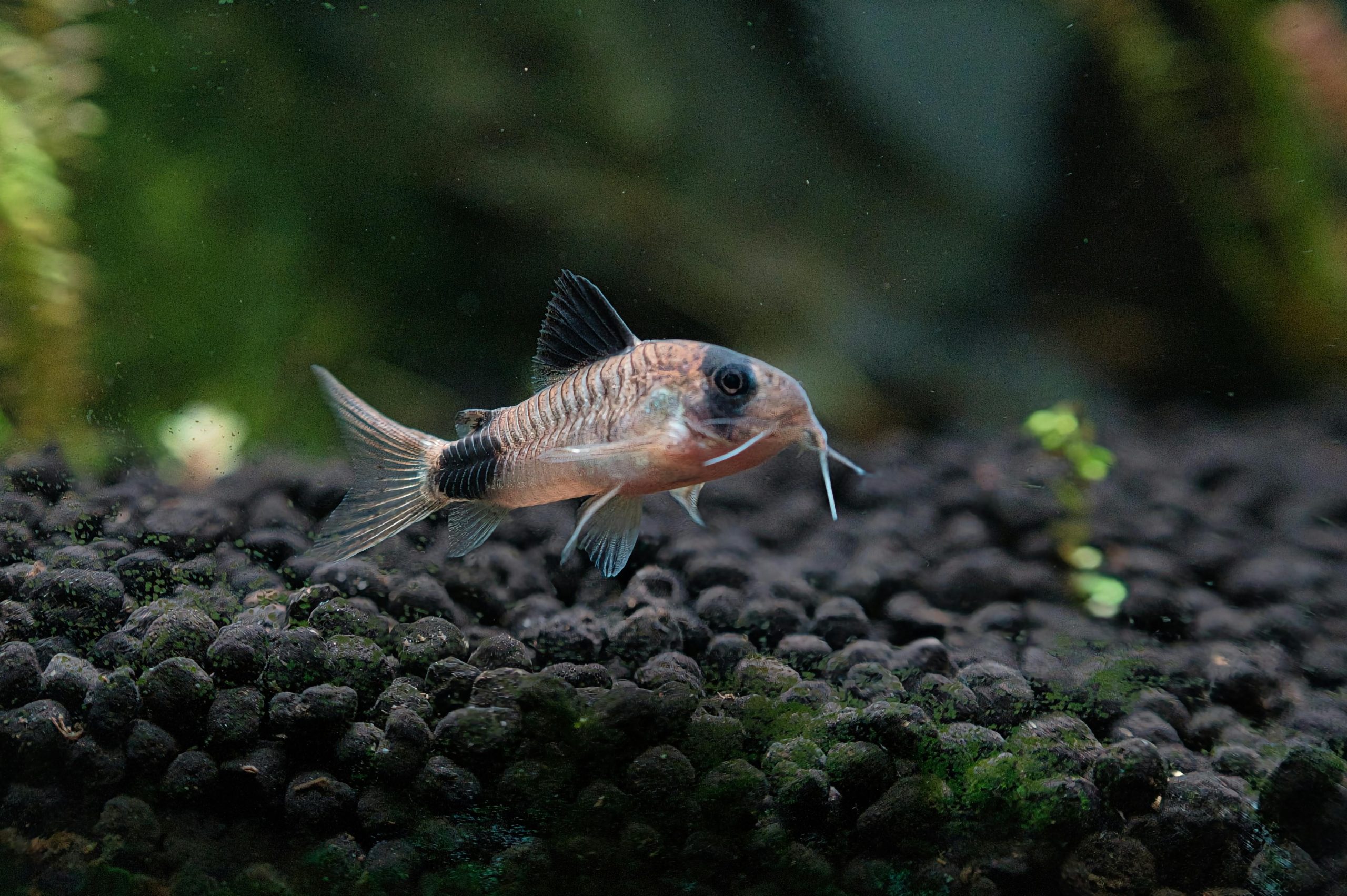

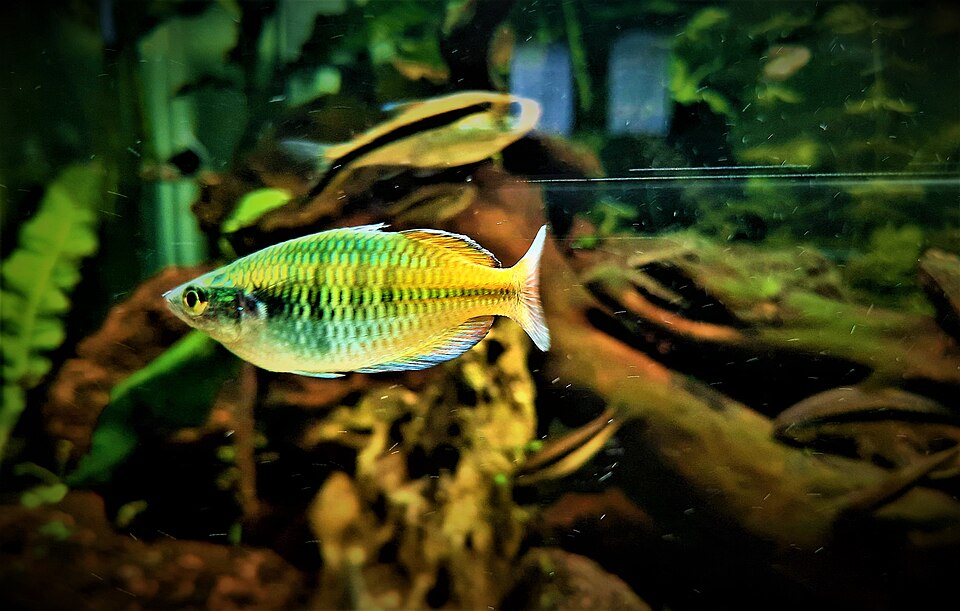
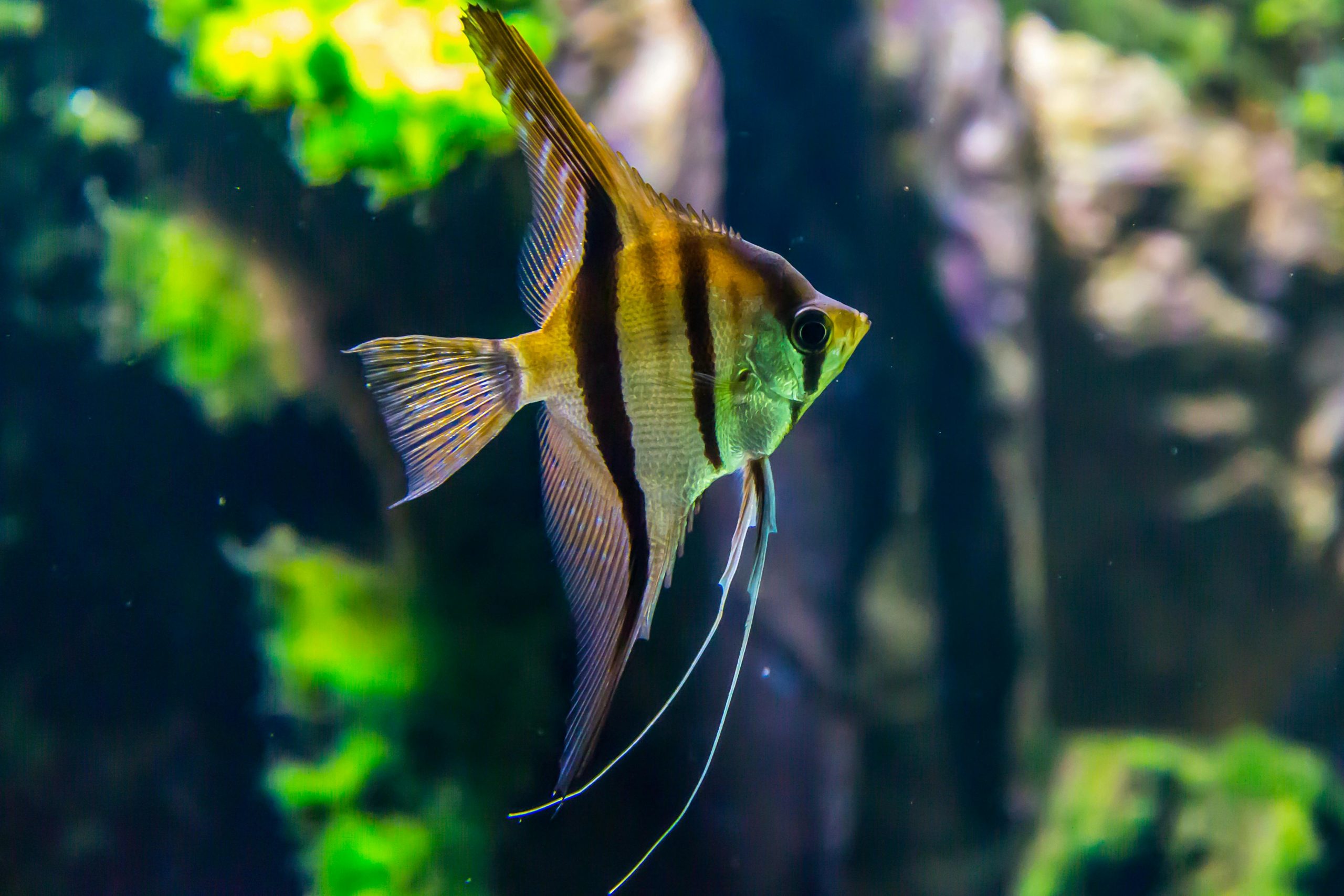
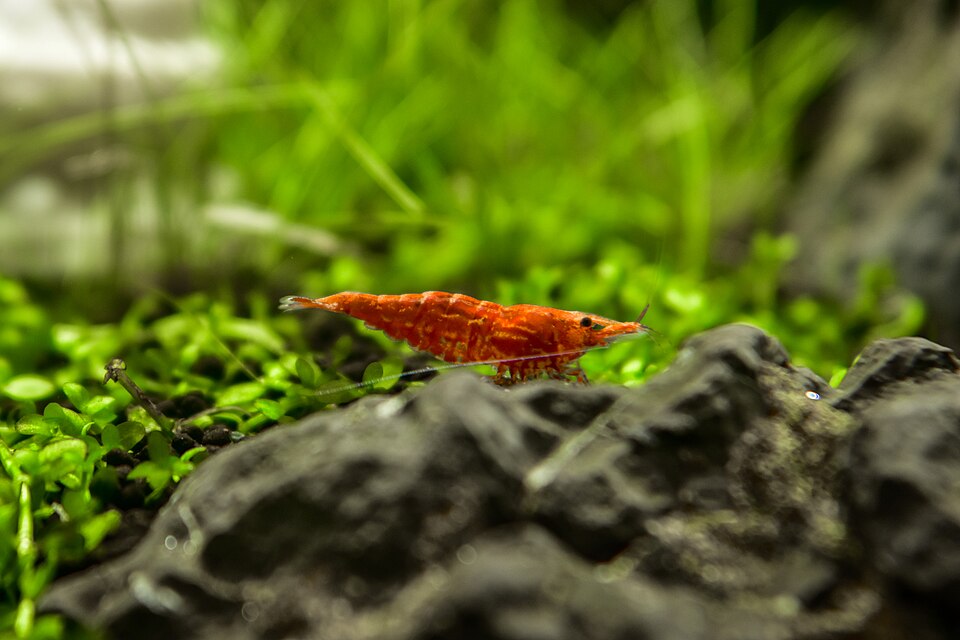

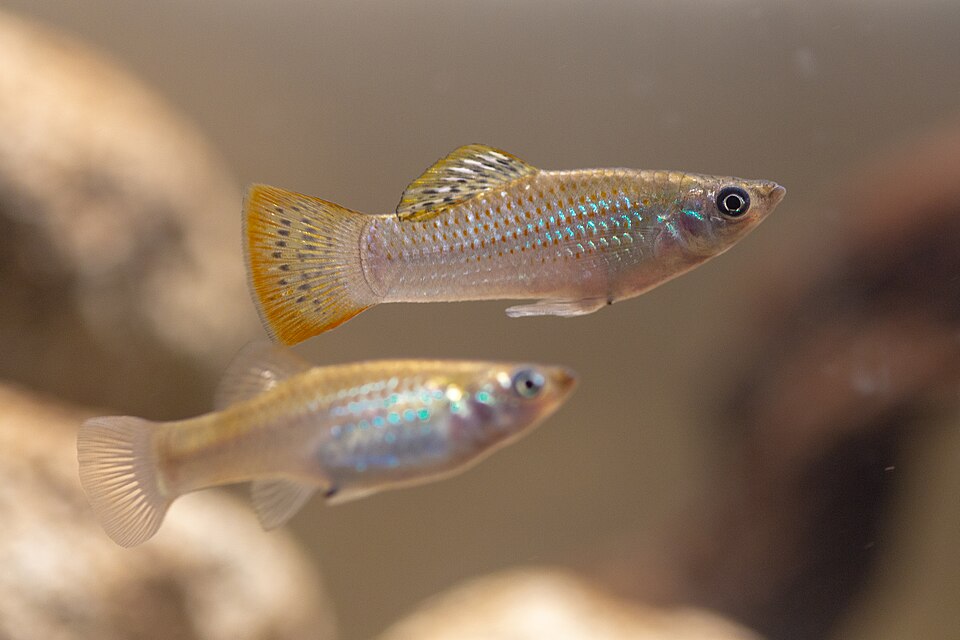
Leave a Reply